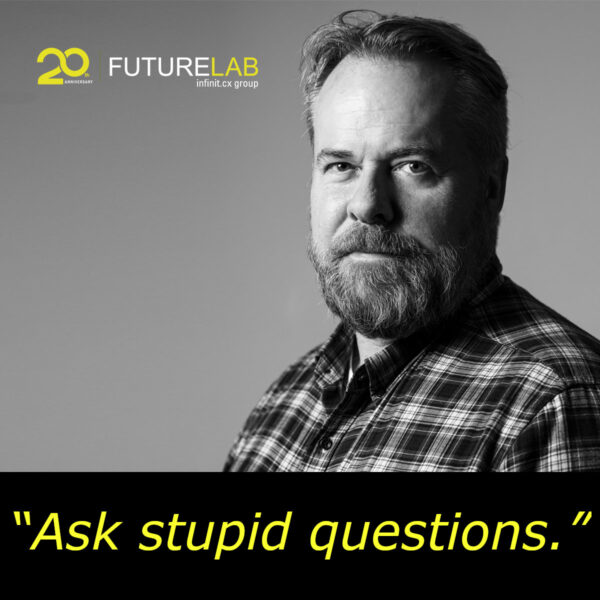Last week I had a very interesting briefing with my friends from the SAS Institute (disclaimer: not a client. I know, too short – but this is supposed to be a short post).
One the things we conversed about was a new blog written by their CEO, Dr. Goodnight. If you don’t know him, he is truly one of the pioneers of the world of data (big, small, and medium), analytics (in-memory, on disk, or even on tape), and neighboring concepts. I always look forward to my chats with him, he has an amazing talent for thought leadership in bringing complex concepts to a simple explanation.
The blog (here is the link) is a about an idea he had: talking about customer state vectors. He explains what vectors are quite well, will copy from the blog to use his explanation.
The customer state vector is based on an engineering concept that is popular in the science community. For example, NASA uses a state vector to control the space shuttle during operations. Variables in the shuttle state vector show the present position, velocity components and other factors of the orbital trajectory at snapshots in time. It analyzes where an orbiting vehicle has been, where it is now and projects where it is going. Vectors are an excellent prediction tool for launch, orbit and landing positions.
He also makes reference to state vectors as a modeling tool for analytics, and he says:
In the process of building predictive models for fraud detection or marketing, you discover the underlying set of variables that are important for use in those predictive models. Once you’ve built the models, you get a good picture of the data and variables you need to collect
This is all very interesting, but also very complicated. They are working on making the concept easier to grasp, and to use, via new products and interfaces (which is under NDA for a short time longer) and they are making progress.
Alas, that is not the reason I am writing this. You know me, I don’t write about briefings and press releases. I was thinking about the concept over the weekend (yes, in my time off) and started to draw some comparisons to customer experience.
While it is true that vectors are very valuable for predicting and forecasting — could the concept be used for managing in real time and reporting?
I think so, with some alterations… and it would be great to apply to customer experiences.
Here is the rub, the crux of this idea: a customer experience has many moving parts, and we are absolutely horrid at monitoring and working with all of them. Sure, we can improve one aspect or portion of it, but carefully monitoring it, but we fail to do that for all of them at the same time. I wrote about creating indexes for monitor experiences before (here is the link) and even came up with a formula to do it (well, it was an attempt).
The problem with my index is that, as much that is done in an enterprise, it is reactive: it only lets you know something is not right and lets you act on it post-facto. Wouldn’t it be great if we could move an index calculation to real-time?
Enter vectors.
By monitoring many variables at the same time, the relationship between them (if one goes up, what happens to the others? what if two of them move in different directions?), and the repercussions of the moves in the variables (in space terms: are you crashing against the space station on coming in for a landing?) at the same time they are the perfect concept to do this.
Best part, you can get the concept without and advanced degree in data and statistics, just by knowing how your business operates and what metrics matter. Not only that,but if you spent some time lately correlating your metrics to your KPIs, this is the perfect tool to test that and make sure you got the right model.
If you think this is interesting, then go back to all your math teachers over the years and apologize for telling them you would never use any math in your career…
Vectors are a cool concept, definitely worth looking into and altering it for your organization.
Don’t you think?
Image via flickr
Original Post: http://estebankolsky.com/2013/12/a-customer-state-vector-great-idea-for-customer-experiences/




